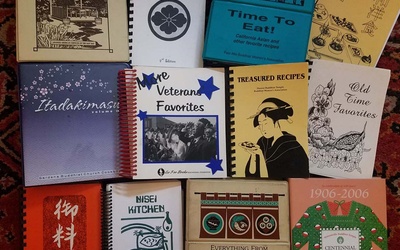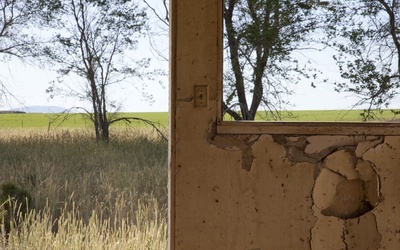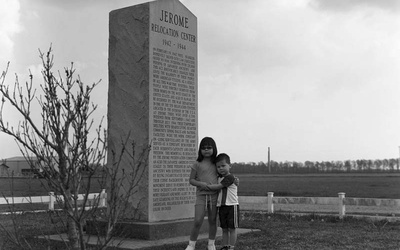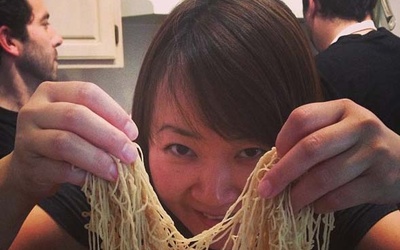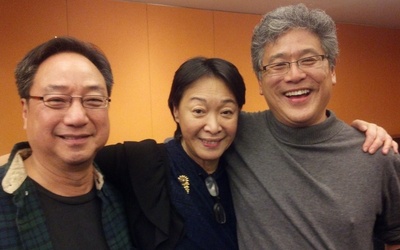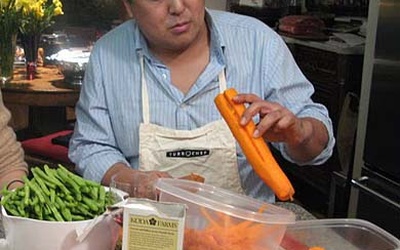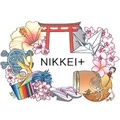
Tamio Spiegel
Tamio Spiegel is a bi-racial Japanese American native New Yorker. He is an independent consultant who has advised businesses in Asia and the US on manufacturing, product development, and cross-Pacific trading. He is a past Executive Director of The Gohan Society, a New York City-based non-profit organization that promotes Japanese food and food culture. He has written on arts and current affairs for NY Nichibei, AsianWeek, and Nikkei Heritage.
Updated October 2017
Stories from This Author
Yes, It Matters: Nisei Cuisine and Japanese American Identity
Oct. 6, 2017 • Tamio Spiegel
I have, for years, advocated the celebration and codification of a uniquely Japanese American culture of eating that I have come to refer to as “Nisei cuisine.” Nisei cuisine is the uniquely American food that developed as the “second generation” (first to be born in the USA) of Japanese Americans, generally considered to be those born between 1915 and 1940, came of age and, post-internment, moved throughout the United States, taking part in the development of the great post-war American …
Photography and the Japanese American Memory on Exhibit at New Jersey College - Part 2
March 21, 2014 • Tamio Spiegel
Read Part 1 >> Kevin J. Miyazaki grew up in Wisconsin, aware that his father’s family had been interned in Tule Lake and, later, Heart Mountain. On a trip to Northern California, he found himself at a museum near the Tule Lake site where, in addition to information about the internment of Japanese Americans, he discovered that, starting in 1946, many buildings that had housed internees during the War had been offered to homesteaders to resettle the area after the …
Photography and the Japanese American Memory on Exhibit at New Jersey College - Part 1
March 20, 2014 • Tamio Spiegel
As Japanese Americans, we can state, without much argument, that we have a shared history.Specific events occurred over the span of time that constitute our existence as a community. We relate to our history through memory and citation. As Japanese Americans, do we have a shared, communal memory? The evacuation and incarceration of 120,000 people of Japanese descent from the West Coast during World War II is the most significant single event in our community’s history. It was massive in …
Japanese and Jewish Food Come Home to Brooklyn
Aug. 27, 2013 • Tamio Spiegel
Sawako Okochi has always had a sense of adventure. When she finished high school in Hiroshima and her classmates were deciding which Japanese universities to apply to, her sights were set farther away.“Instead of going to a Japanese university, I wanted to go to an American university,” says Okochi, who had a goal of becoming a translator. “I decided to go to Texas because it was one of the cheapest places to live, and also I wanted something more in …
Pan Asian Repertory’s Plays in Progress Gives Life to “No-No Boy”
Nov. 29, 2012 • Tamio Spiegel
Two months after the Japanese attacked Pearl Harbor in 1941, President Franklin D. Roosevelt issued Executive Order 9066, forcing between 110,000 and 120,000 people of Japanese descent to live behind the barbed-wire fences of internment camps. In 1943 all interned Japanese Americans over the age of 17 completed the Application for Leave Clearance, commonly known as the “loyalty questionnaire,” as required by the US War Department and the War Relocation Authority (WRA). Based on the answers, the WRA determined who …
Oshogatsu - A Japanese Tradition in America
Jan. 3, 2012 • Tamio Spiegel
When I met Julie, we shared a desire to keep our house open to our friends and community as much as possible. 1984 was our first oshogatsu as a couple. Her family did nishime. I had never heard of it before. I couldn’t imagine New Year’s without ozoni. Julie was obsessed with kuromame and chestnuts in a sweet sauce. What about those bowtie seaweed things? No self-respecting Japanese-American celebration is complete without cha siu, Chinese roast pork. We could do …

